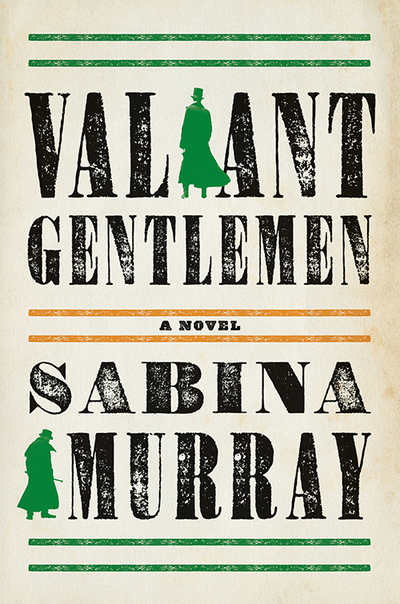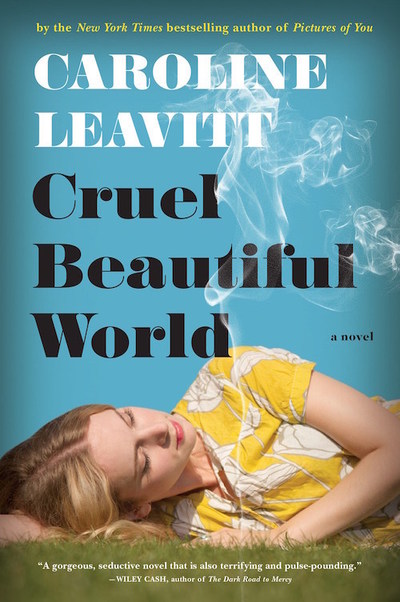That in war the first casualty is the truth is no less true for being trite. Consider the fate of Mata Hari, a Dutch exotic dancer executed by firing squad during the Great War. At the time, the French public was all but united against her. But the evidence that she spied to any significant or damaging degree was as scant as her costumes. Bestselling author Paulo Coehlo (The Alchemist) takes up her case in his masterful new novel The Spy.
Mata Hari was the stage name of Margaretha Zelle. She had a tumultuous childhood. Both her parents died; at age 16 someone raped her. Upon reaching majority, Zelle married an officer and moved to the Dutch East Indies. While abroad Zelle learned Javanese dance. She and her husband divorced, while their two children died from inherited syphilis. Zelle then settled in the Paris of Stravinsky, the newly built Eiffel Tower and the Dreyfus case.
The belle époque was a time of European fascination with things Oriental, and Zelle became something of a sensation. Unfounded rumors abounded that she had Asian blood. People compared her to the biblical Salome. She became a courtesan, hobnobbing with artistic celebrities, including Picasso.
Then came the war and poverty. And the opportunity to escape from poverty. The Germans offered Zelle 20,000 francs to convey information to them. The pseudonymous dancer now became "H21.” She passed nothing useful, but the French blamed her for the deaths of tens of thousands of soldiers. Zelle was defiant to the end, blowing a kiss to her executioners.
Coehlo lets Zelle tell her own story for the most part, although the man who tried to defend her relates the final chapters. Coehlo seeks to make the story an indictment of men, or mankind. Ours is a species too brutal and authoritarian to tolerate the spirited and emancipated, he seems to argue. But he also suggests Zelle is an unreliable narrator, leaving the idea open that she is partly to blame. She had a gift but was not free from vainglory, making her story as well one of pride before a fall.


























